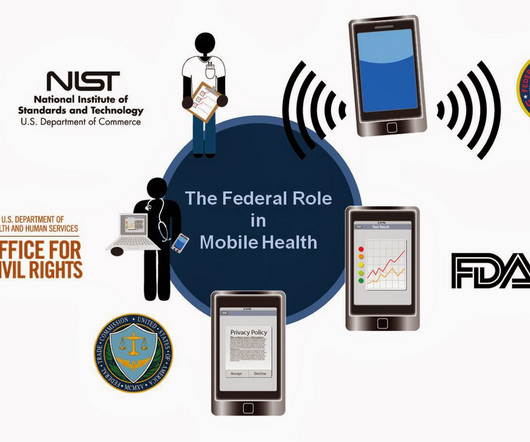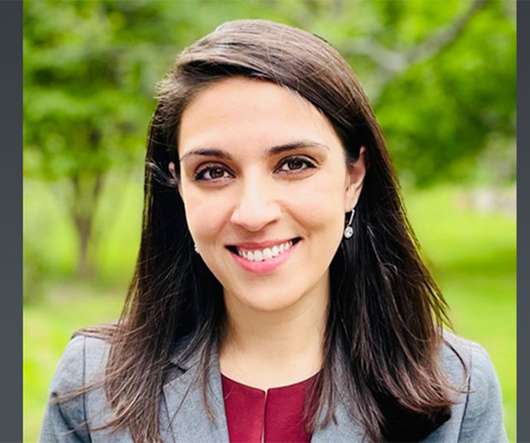Tapping the potential applications of mHealth
The Health Policy Exchange
FEBRUARY 20, 2014
One popular mHealth initiative is the text4baby program, a public-private partnership launched in 2010 that sends free text messages to expectant and new mothers containing appointment reminders, safety alerts, and general prenatal and postpartum health advice. How can we avoid creating "digital divides" that could worsen health disparities?












Let's personalize your content